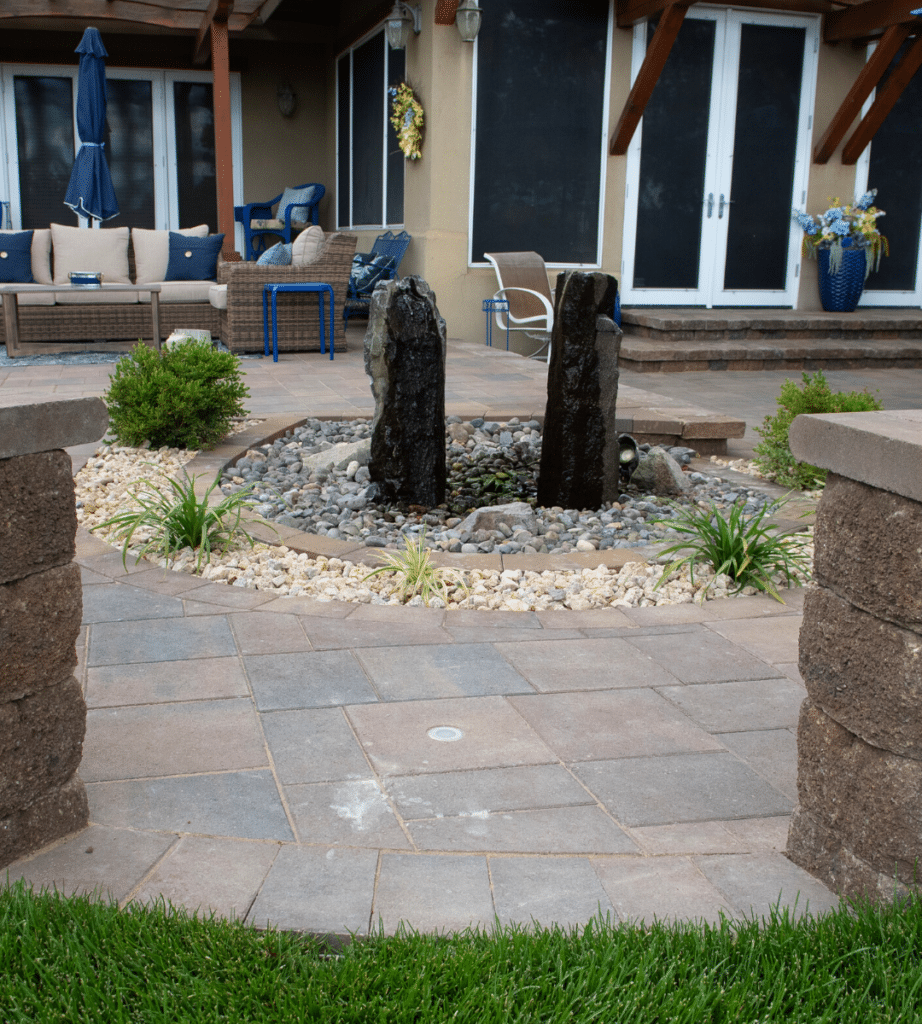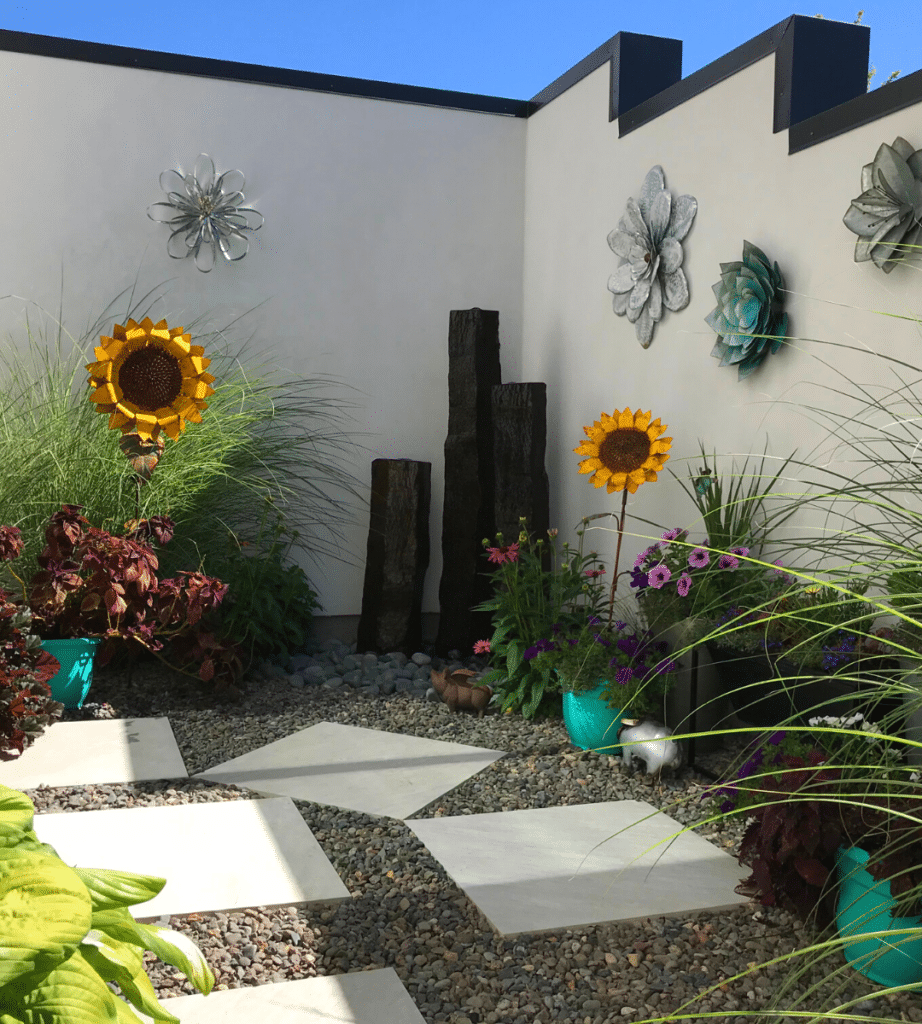Garden Style Series: Japanese Zen Garden
Zen gardening began when Buddhism moved into Japanese culture during the 14th and 15th centuries. These gardens were originally made as special gardens at monasteries for monks to clear their minds and practice meditation.
Flat gardens were some of the first Japanese Zen gardens. They were used to calm the mind by stripping nature down to the bare essentials. Though these landscapes seemed simplistic upon first glance, they were actually very intricate with embedded symbolize in each element.
These gardens were dry, karesansui, lacking all vegetation and using only sand and rock to represent aspects of nature such as water, islands, mountains, trees and animals. White sand was used to represent water or to create negative space in a Zen design.
Abstract Zen Gardens
Each aspect of the landscape design was abstract in form. For instance, raked sand represented waves and intentionally stacked rocks symbolized waterfalls. Cones were constructed by sand to represent mountains. Also representing mountains were jagged rock formations. Interestingly shaped rocks were used to represent animals and trees.- Karetaki – A dry “waterfall” made from stones and sand gravel.
- Karenagare – A dry “stream” made from raked gravel or white sand.
- Karesansui – “Mountains or islands” made from rock sculptures or strategically placed rocks, using size and silhouette. Rocks were also placed at the entrance to the garden as a welcome stone.
- Kogetsudai – “Mountains” made from gravel formed in cones.
Japanese Zen Relaxation
The Zen design was meant to be viewed from one perspective, sometimes on a platform, using a balanced, not symmetrical design. Viewers would sit, clear their minds, and experience the relaxing tranquility of the scene. Sitting in the garden, as an escape from daily life stresses, was a time for inner discovery, serenity, and spirituality.
To create a sense of peace that separates the outside world, Japanese Zen gardens were usually enclosed with a fence or gate. This allowed the visitor to strip the worries of their outside lives and experience complete relaxation for their meditation practice.
The Zen experience did not end with the viewer, it was also a meditative experience to maintain a Zen garden. The careful and methodical raking of sand and clearing of debris was done in silence, making the experience part of a meditative state.

Create Your Own Japanese Zen Garden
Though you may not want an entire landscape as a Zen garden, you can create your own meditative space by mimicking Japanese Zen symbolism and simplicity. Many garden nurseries have large boulders you can choose from to represent Mount Rose or your favorite animal. Use sand or DG to create a dedicated space for your Zen garden and install your boulder so you can view it from your favorite place in your landscape.
You can create a pathway through or around your Zen garden using flat rocks or flagstone, so you can stroll as your clear your mind.

Though these gardens were traditionally dry landscapes, you may want to add some of your favorite succulents or a water feature to promote relaxation and a meditative state. Don’t forget to get your own bamboo rake to maintain your sand area and create curved lines to represent water.
Remember, your Zen garden is a space to relax, meditate, and escape your daily stresses, use elements that help you clear your mind. If you don’t feel up to designing your own garden, let our experienced designers create your space for you!